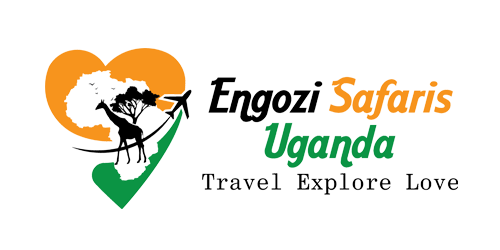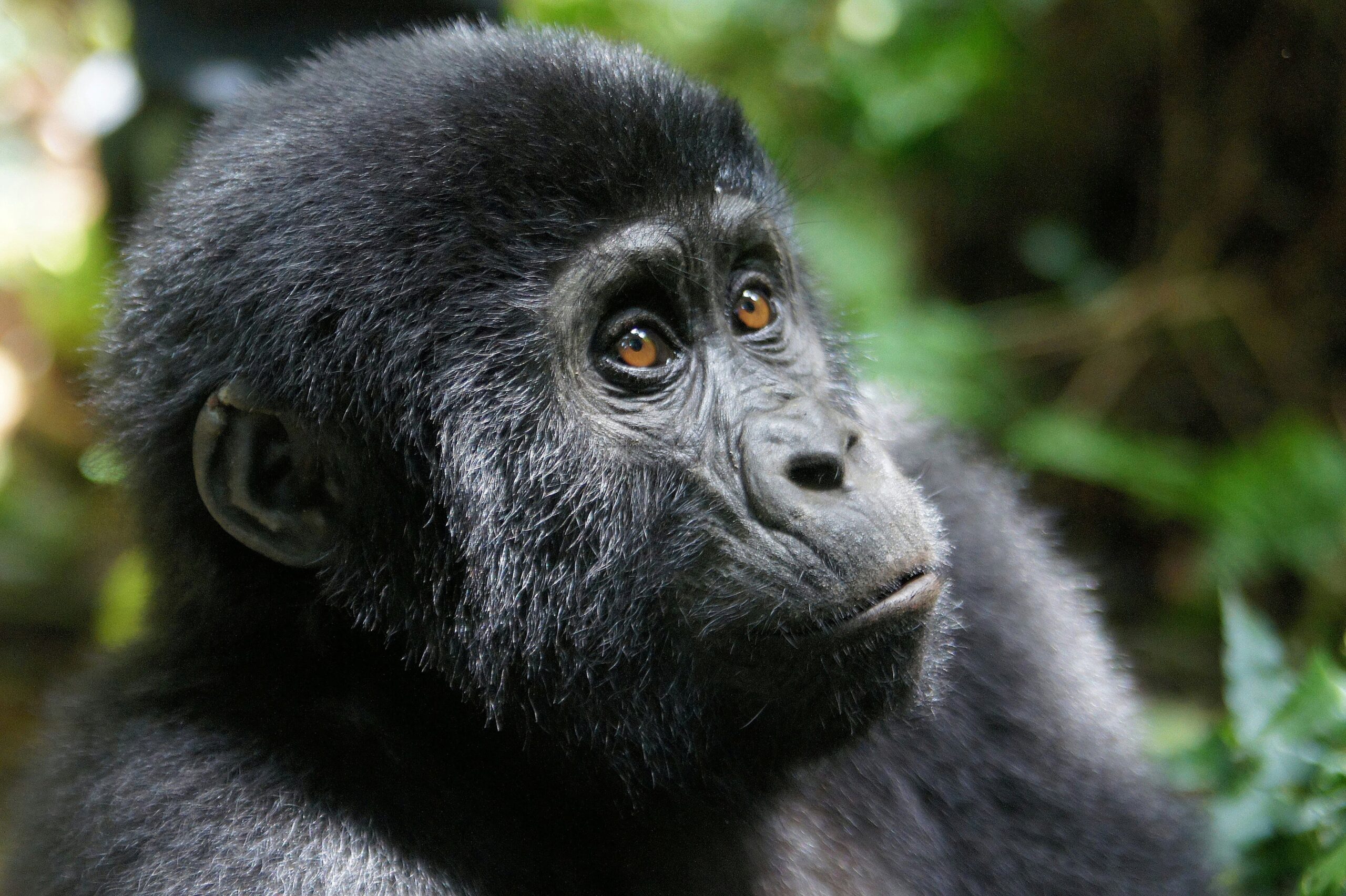
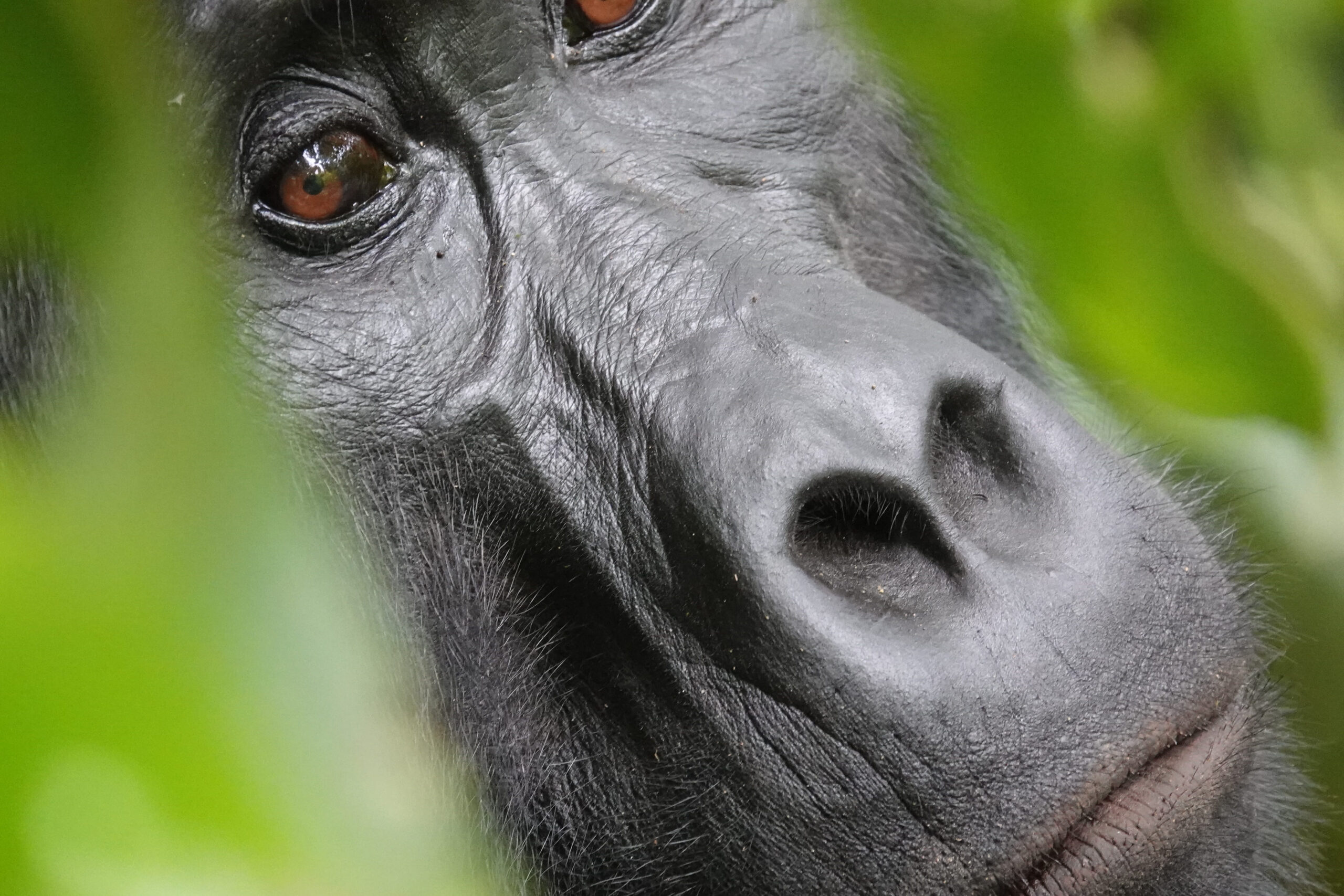
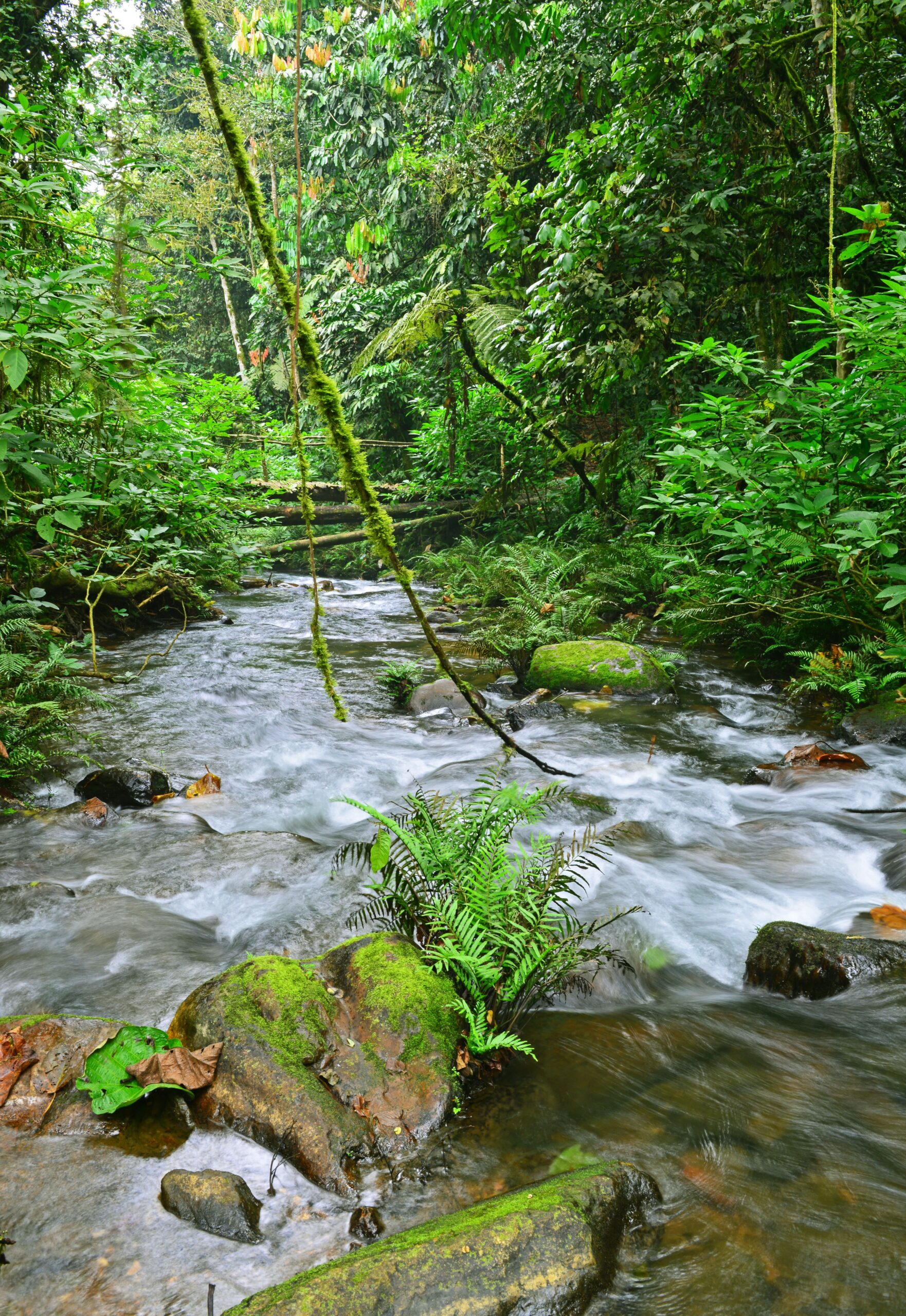
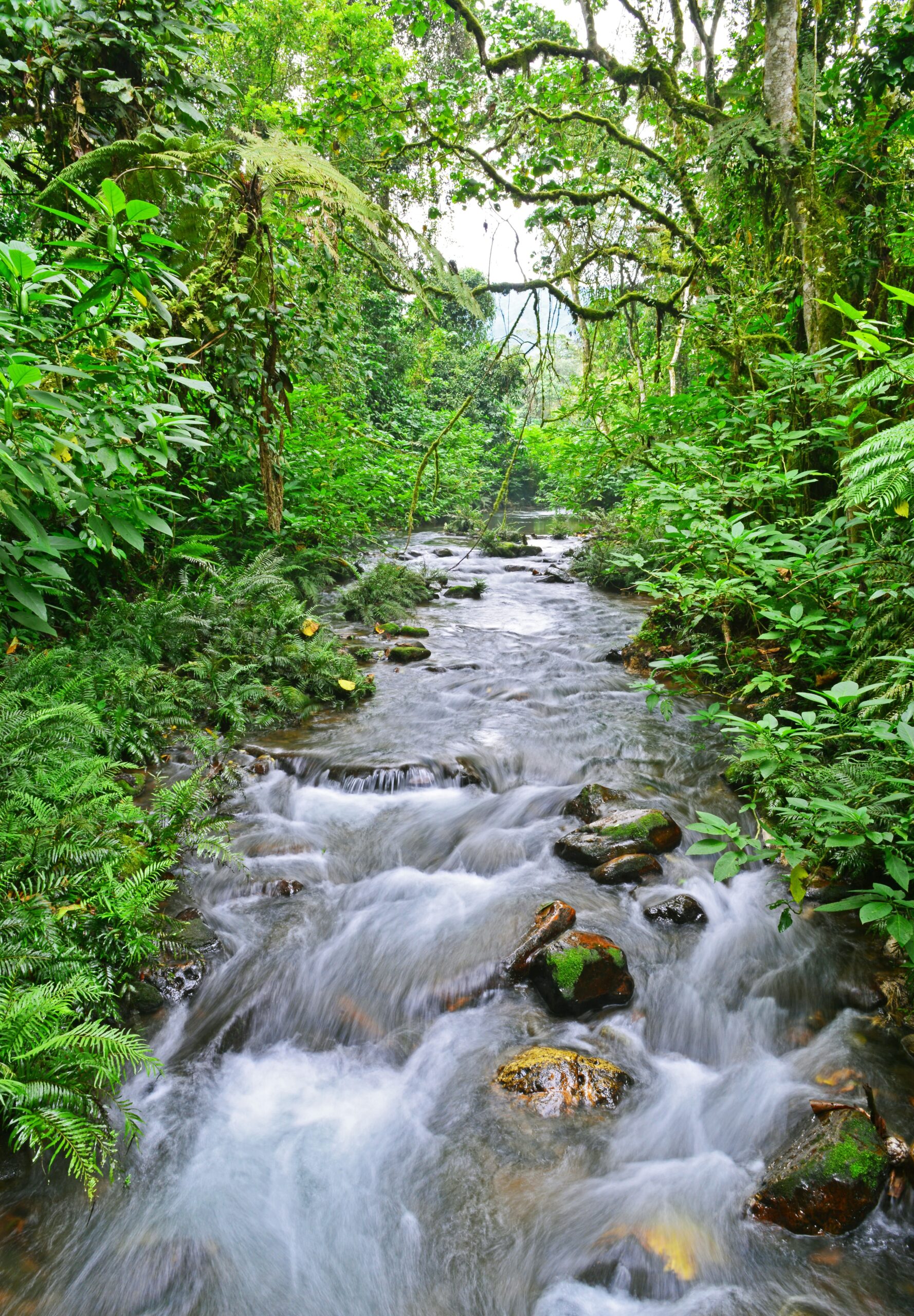
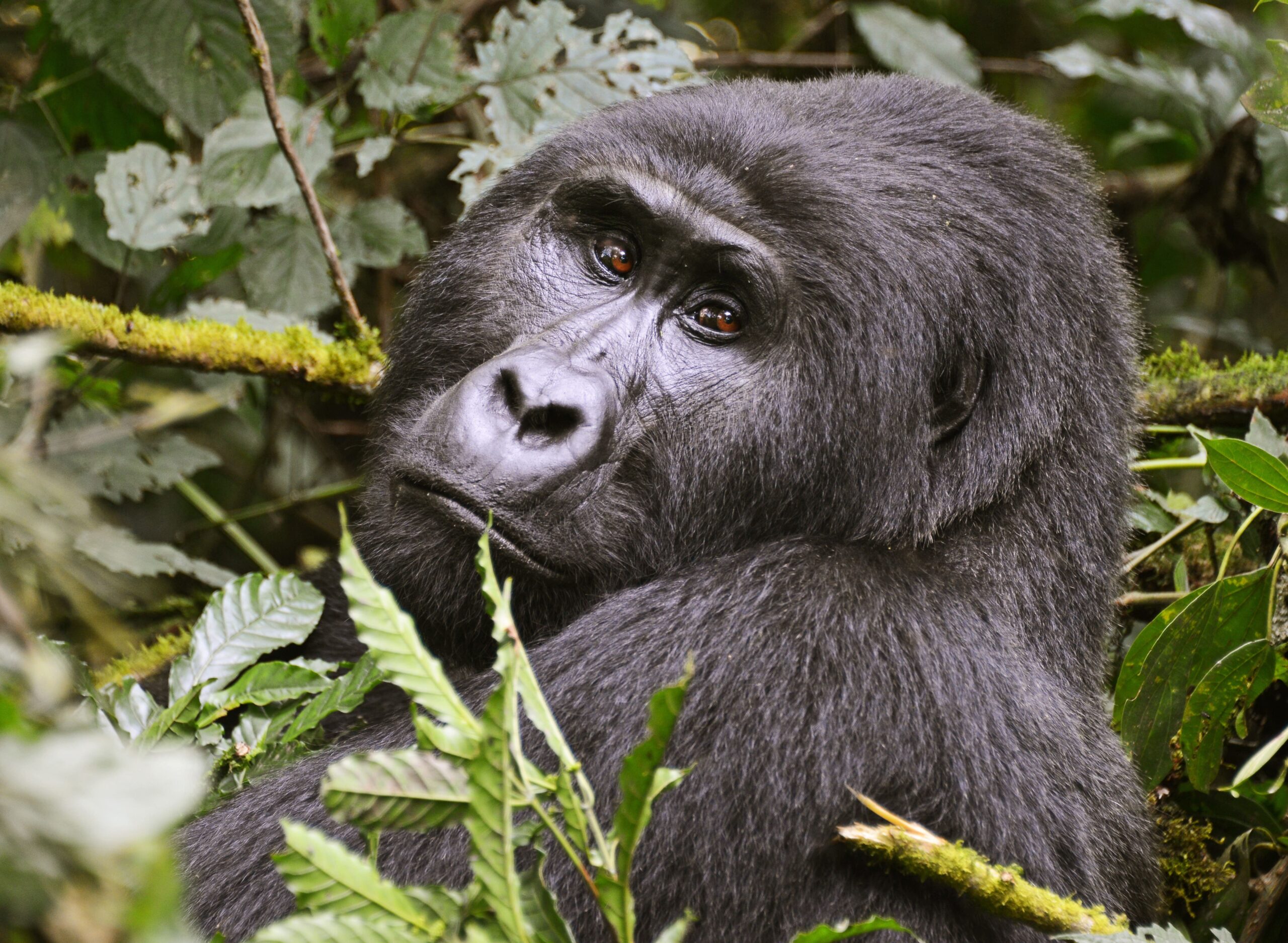
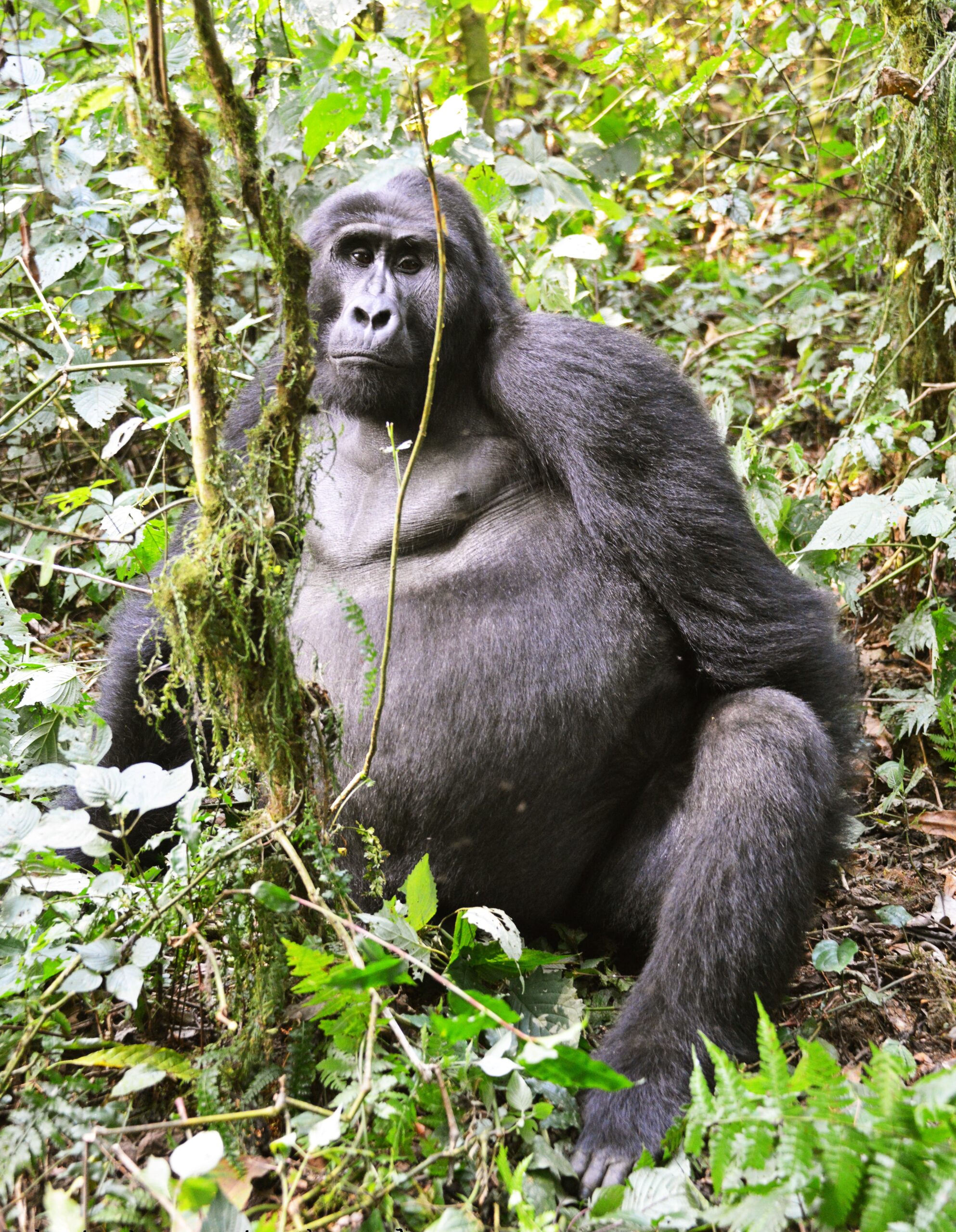
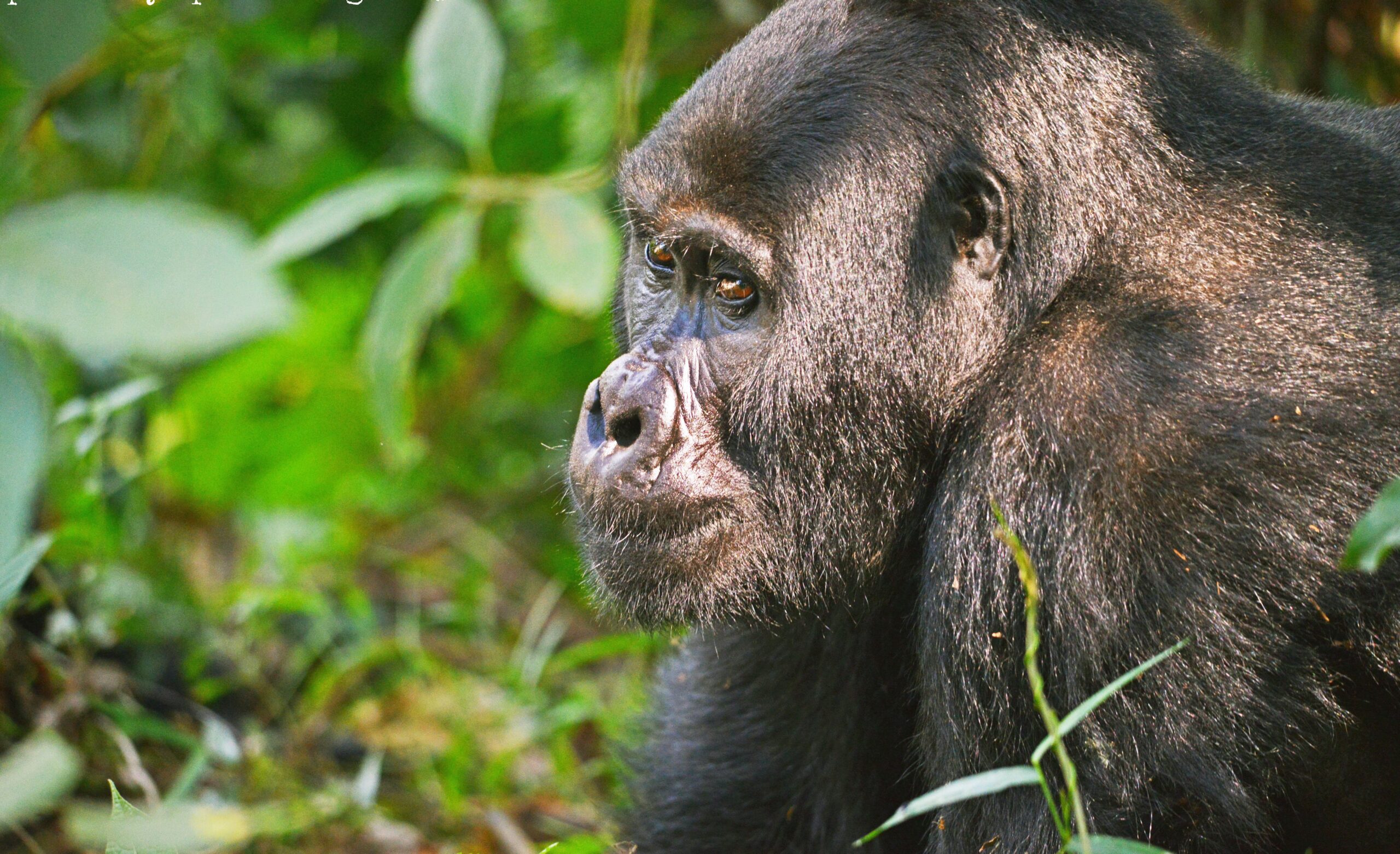
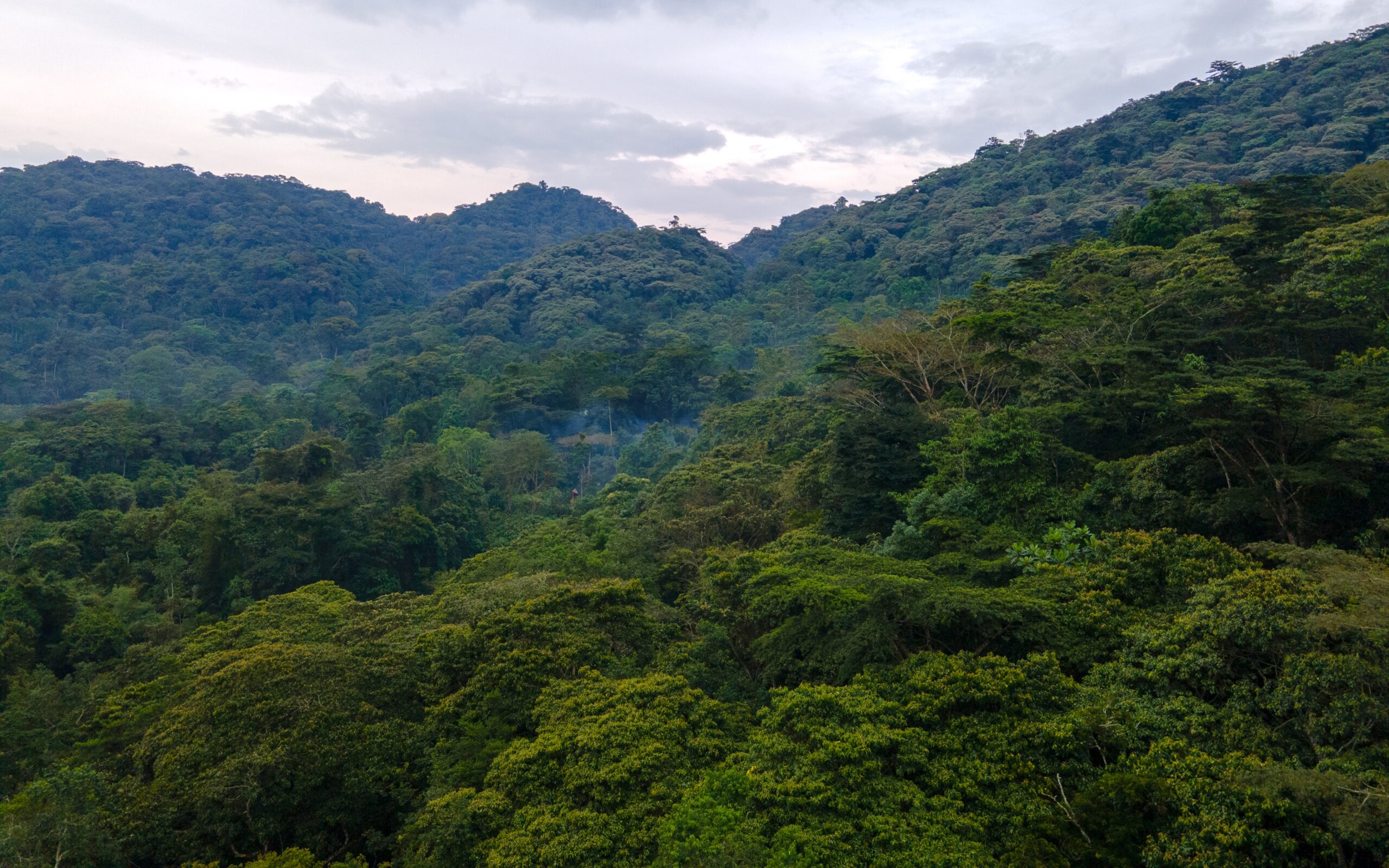
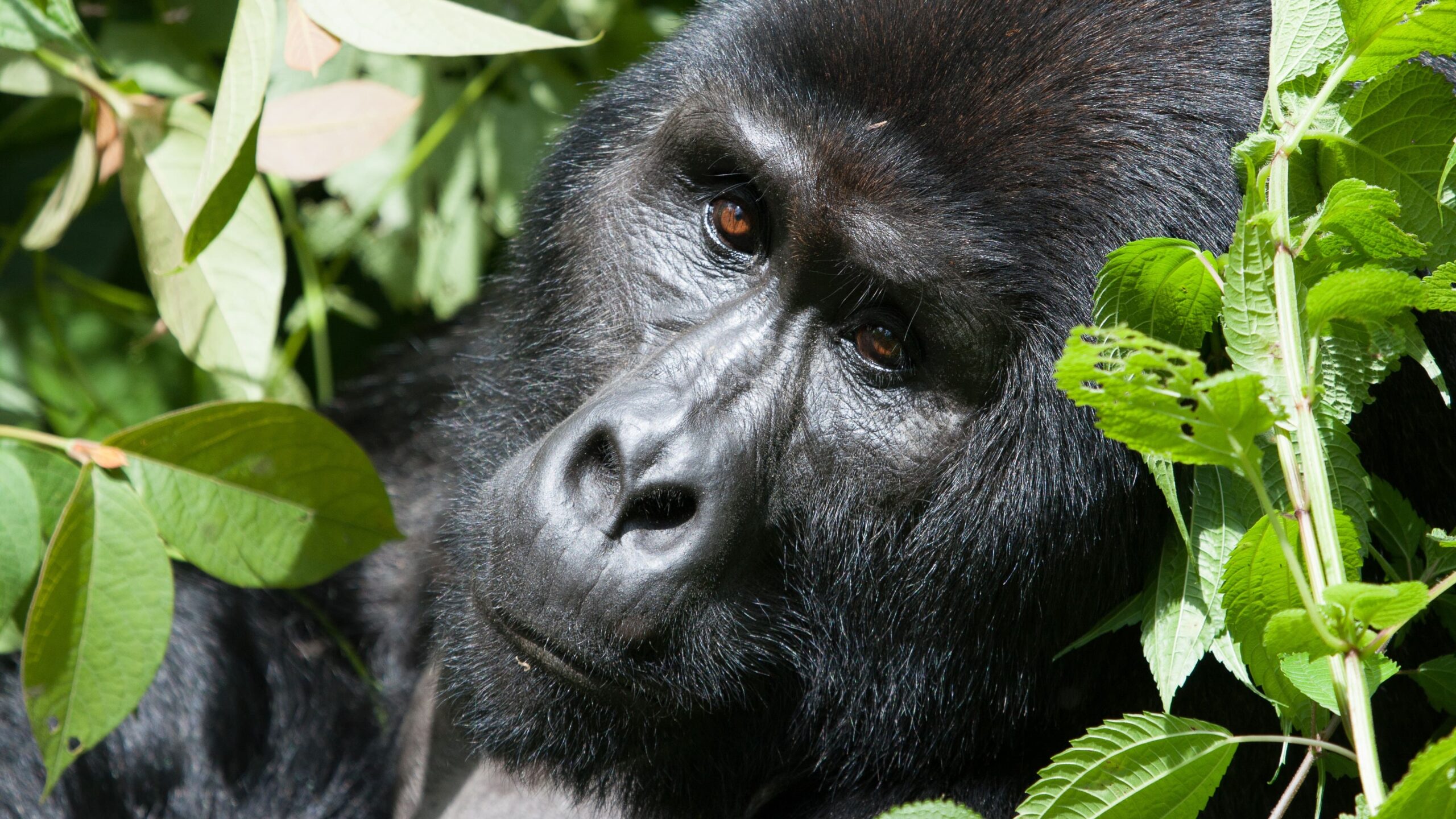
Highlights
Bwindi Impenetrable National Park is situated in the south western part of Uganda, on the boundary of the Albertine Rift Valley, at an elevation of between 1,160m and 2,607m asl. This is a genuine tropical rainforest, spread over a series of steep ridges and valleys.
The park is part of the Bwindi Impenetrable Forest, and it borders the Virunga National Park inthe Democratic Republic of Congo, contains both montane and lowland forest and is accessible only on foot. The Bwindi Impenetrable National Park is a UNESCO-designated World Heritage Site and it also boasts one of the richest ecosystems in Africa
In the local language “bwindi”/“mubwindi” means “dark place”, referring to the impenetrable nature of the thick forest and this is where it derives its name from.
Bwindi Impenetrable Forest Reserve was first gazetted in 1942 and later on upgraded to Bwindi Impenetrable National Park in 1992. In 1994, it was acknowledged as the World Heritage Site. What makes Bwindi Impenetrable is the fact that it covers an area of about 327 square kms of tangled plant life draped over a deep fissured landscape of steep, slippery valleys & high, draughty ridges. However if the terrain is far from easy to manage, it’s well worth the effort as a trek through one of Africa’s most ancient rainforests in search of the vulnerable mountain gorillaranks among one of the world’s premier wildlife encounters.
The park is inhabited by a population of about 400 individual mountain gorillas (Gorilla beringei beringei), known as the Bwindi population, which makes up approximately 50% of the world’s population of mountain gorillas. A 2006 census of the mountain gorilla population in the park showed that its numbers had increased modestly from an estimated 300 individuals in 1997 to 320 individuals in 2002 to 340 individuals in 2006.
Inside the park there are 11 species of primates which can be seen, including chimpanzee, L’Hoest’s monkey, red-tailed monkey, blue monkey, black and white colobus and the ubiquitous olive baboon. Additionally there are approximately 346 species of birds which can be seen, and Bwindi contains 90% of all Albertine Rift endemics which are very hard to experience in any other place in East Africa, along with approximately 200 species of butterflies.
However, gorilla tracking is the park’s main tourist attraction and those wishing to track gorillas must first obtain a permit to do so. Selected gorillas families have been habituated to human presence and the number of visitors is tightly controlled to prevent degradation of the habitat and risks to the gorillas.
Tourists can visit the park any time throughout the year, although conditions in the park are more difficult during the rainy seasons. Available tourist accommodations include lodges, tented camps, and cheaper options generally run by the local community, located near the Buhoma entrance gate.
Access: Approximately a 6 hour drive from Kampala to Kabale and then Kabale to Buhoma Park Headquarters takes 3-4 hours; Kabale – Ruhija – Buhoma takes about 3 hours. The public does not use this road much and a 4-wheel drive vehicle is necessary. A bus leaves from Kampala to Butogota daily at circa 06:30 a.m. Otherwise you may travel by bus or matatu from Kampala to Kabale for circa Ush 12,000. From Kabale you can hire a car for about Ush 100,000, or take a pickup truck to Butogota. Public transport to Butogota is unpredictable, but most common on market days in Kabale. It is 18 kms from Butogota to Buhoma.
